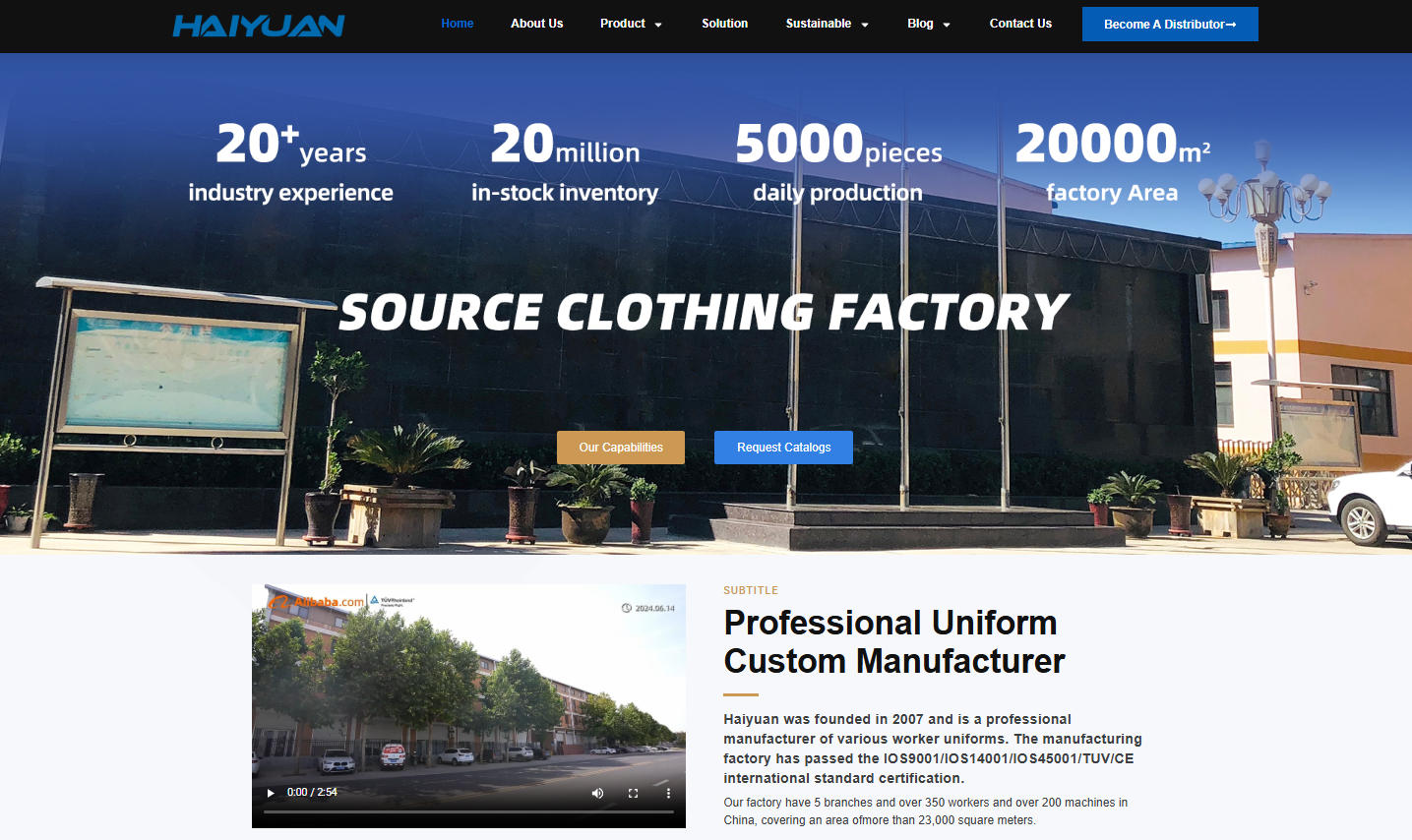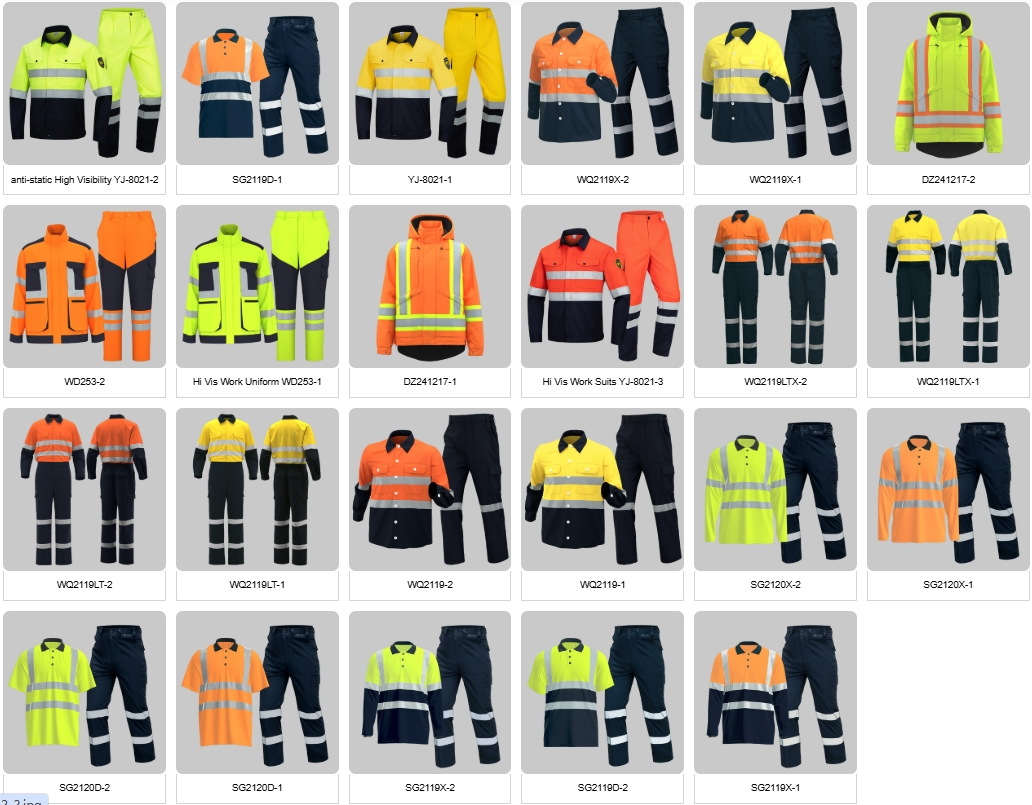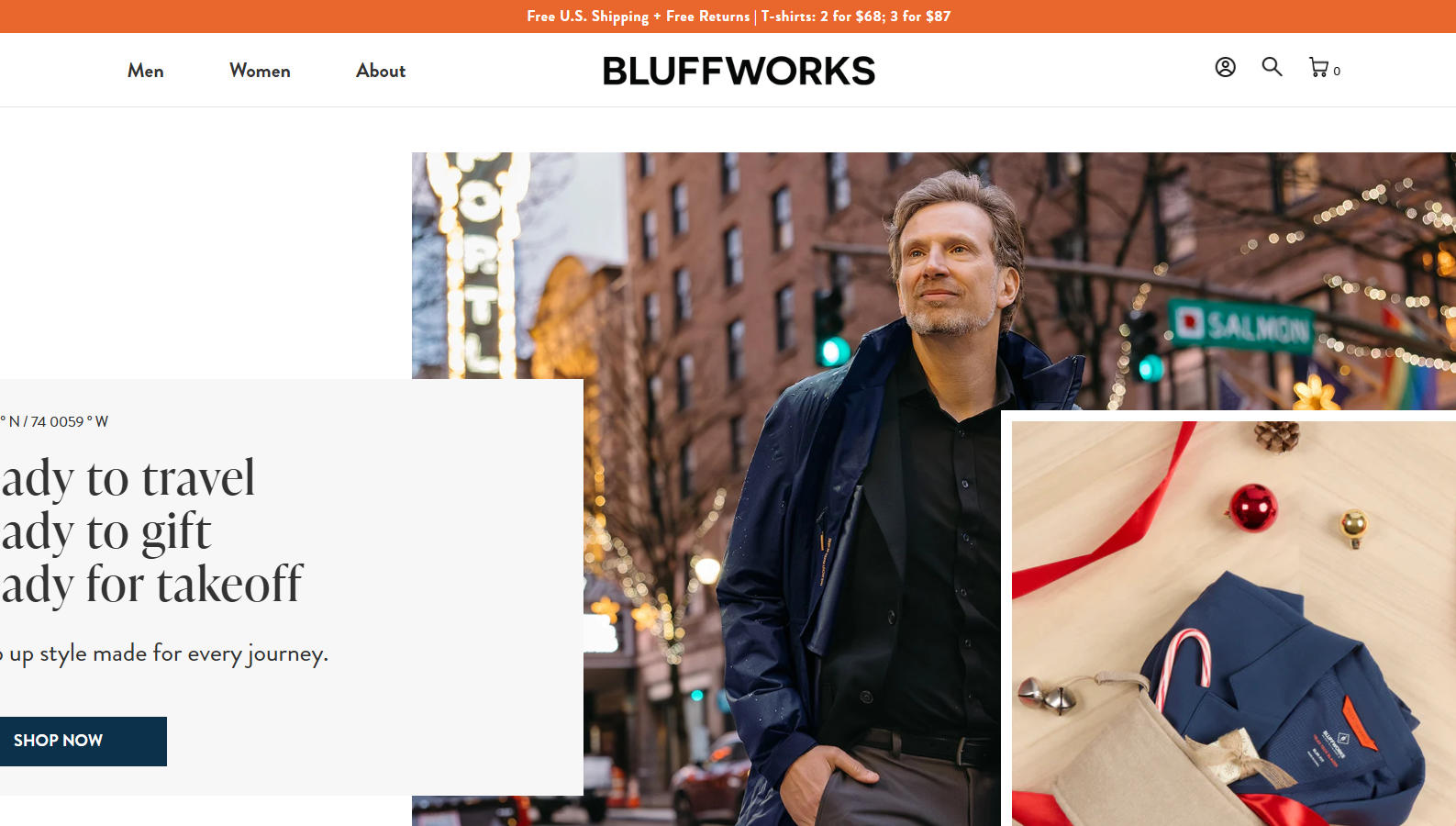Getting a clothing manufacturer in China is a systematic process. Here is a comprehensive, step-by-step guide to finding and partnering with a reliable factory.
Phase 1: Preparation & Research (Before You Contact Anyone)
This is the most critical phase. Being prepared makes you look professional and saves time and money.
1. Define Your Product Precisely:
-
Tech Pack: Create a detailed document with technical drawings, measurements (in cm/inches), fabric type (e.g., 100% cotton 200gsm), color codes (Pantone), trims (zippers, buttons), and stitching details. This is non-negotiable for getting accurate quotes.
-
Reference Samples: If you have a sample of a similar garment, it can be incredibly helpful for the factory to understand your expectations.

haiyuan clothing factory
2. Understand Key Manufacturing Terms:
-
MOQ (Minimum Order Quantity): The smallest number of units a factory is willing to produce. For clothing, this can range from 50-100 pieces per style/color for smaller factories to 500+ for larger ones.
-
FOB (Free On Board): The price includes getting the goods to the Chinese port. You pay for the main shipping and import costs to your country. This is the most common term.
-
EXW (Ex Works): The price is for the goods at the factory door. You handle and pay for everything else (transport to port, shipping, etc.).
-
Sample Types:
-
Proto Sample: The first sample, often made from similar but not exact fabric.
-
Fit Sample: To check the sizing and pattern.
-
Pre-Production Sample (PP Sample): Made with the correct fabric and trims. This is the sample you approve before mass production begins.
-
Phase 2: Finding Potential Manufacturers
1. Use B2B Platforms (The Most Common Method):
-
Alibaba.com: The largest platform. Filter for “Gold Suppliers,” “Assessed Suppliers,” and those offering “Trade Assurance” (a payment protection service).
-
Made-in-China.com: Another major platform, known for having many direct factories.
-
GlobalSources.com: Often features higher-end manufacturers with better quality control.
2. Attend Trade Fairs (The Most Effective Method):
-
Visiting a trade fair in China allows you to meet suppliers face-to-face, feel fabric quality, and build relationships.
-
Key Fairs: Canton Fair (the largest), Intertextile Shanghai (fabric focus), China International Fashion Fair (CHIC).
3. Hire a Sourcing Agent:
-
An agent based in China (often in hubs like Guangzhou or Yiwu) can find factories, negotiate prices, conduct quality control, and manage logistics for you. They charge a fee (usually 5-10% of order cost) but can save you from costly mistakes.
Phase 3: Vetting & Contacting Factories
1. Create a Shortlist:
-
From your B2B platform searches, create a list of 5-10 potential suppliers.
2. Conduct Initial Contact & Screening:
-
Send a Professional Inquiry: Introduce your company and your product. Attach your Tech Pack or product images.
-
Ask Key Questions:
-
“What is your MOQ for this product?”
-
“Can you produce this specific fabric/construction?”
-
“What is your lead time for sampling and production?”
-
“Do you have experience with my target market (e.g., USA, Europe)?”
-
“Can you provide a list of past clients or references?” (Established factories will often share this).
-
3. Verify Legitimacy:
-
Business License: Ask for their business license (营业执照).
-
Factory Photos/Videos: Ask for real-time photos or a video call factory tour. Avoid suppliers who only show stock images.
-
Check for Specialization: A factory that specializes in denim might not be the best for producing silk dresses. Look for their core competence.
Phase 4: The Sampling Process
This is your quality control checkpoint. Do not skip it.
-
Pay for Samples: Reputable factories will charge you for samples and shipping. This is normal.
-
Evaluate the Pre-Production (PP) Sample Critically:
-
Check the fit against your size spec.
-
Feel the fabric quality and weight.
-
Inspect the stitching, seams, and overall construction.
-
Verify the colors and trims.
-
-
Provide Detailed Feedback: Approve the sample or send back a list of required changes. The factory will revise until you give final approval.
Phase 5: Placing the Order & Production
-
Get a Detailed Proforma Invoice (PI): The factory will send a PI outlining the final price, MOQ, payment terms, and delivery schedule.
-
Negotiate Payment Terms: Standard terms are:
-
30% deposit, 70% balance before shipment.
-
For new clients, factories will not accept 100% payment after shipment.
-
Use secure methods like Alibaba Trade Assurance or a Letter of Credit (L/C) for large orders.
-
-
Sign a Manufacturing Agreement: This contract should detail everything: product specs, pricing, payment schedule, delivery date, quality standards, and protocol for defective goods.
-
Production & Quality Control:
-
The factory begins mass production.
-
Conduct In-Process Quality Checks (IPQC): For large orders, hire a third-party inspection company to check the goods when ~20% and ~80% of production is complete. This catches issues early.
-
Phase 6: Shipping & Logistics
-
Finalize Shipping Terms: Confirm if it’s FOB, EXW, etc.
-
Arrange a Freight Forwarder: They will handle the complex process of sea/air freight, customs documentation, and delivery to your door.
-
Receive Shipping Documents: The factory will provide a Bill of Lading, Commercial Invoice, and Packing List. These are required to claim your goods.
Crucial “Red Flags” to Avoid
-
No MOQ: This often indicates a trading company, not a factory, and quality can be inconsistent.
-
Unrealistically Low Prices: If a quote is much lower than others, quality will be compromised.
-
Reluctance to Provide Samples or Factory Info: A legitimate factory is proud to show its facility.
-
Pressure for Full Upfront Payment: This is a major scam indicator.
-
Poor Communication: If they are unresponsive during the quoting stage, it will be worse during production.
Final Pro Tip: Start with a small trial order for your first collaboration. This builds trust and allows you to test the factory’s reliability and quality before committing to a large, expensive order.
For some insightful reads, we’ve curated a list of recommended articles just for you:
- How do I find a product manufacturer in China?
- How to find cheap manufacturers in China? A guide to avoid pitfalls
- How to complete your first purchase of workwear in China safely and efficiently
- Custom uniforms for Small business
- Choosing the Best Industrial Work Suit
- Ultimate Guide: Best Wholesale Work Clothes in China
- Cut & Sew Customization
- Logo Customize Clonthing Manufacturer
- Labour Uniform manufacturer
- Labor clothing uniform for sale
- Working clothes china wholesale
Can’t find what you’re looking for? Feel free to contact us. We’re here to help 24/7.





